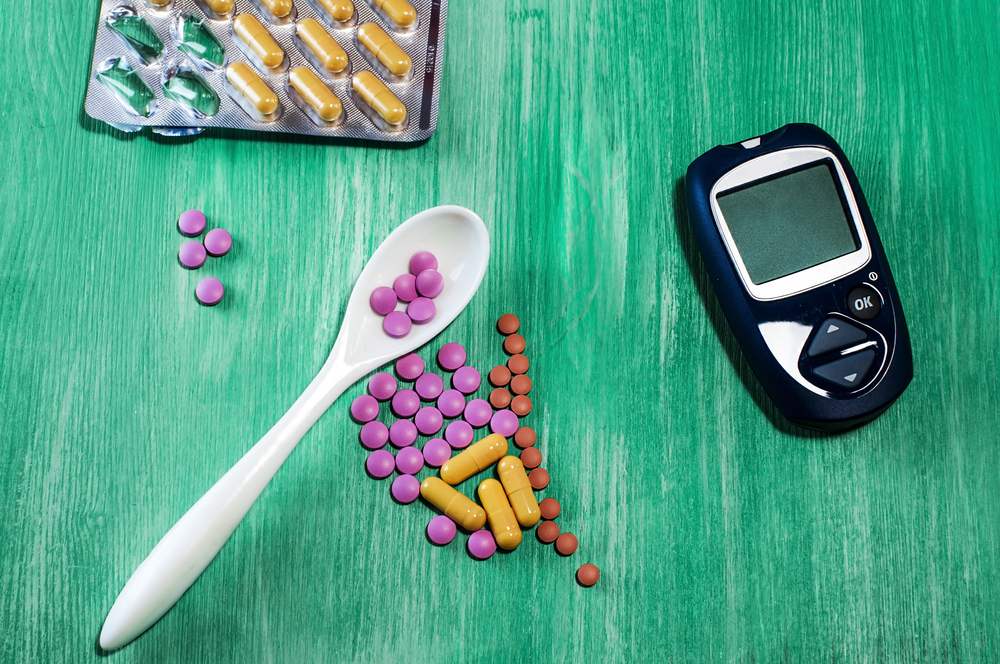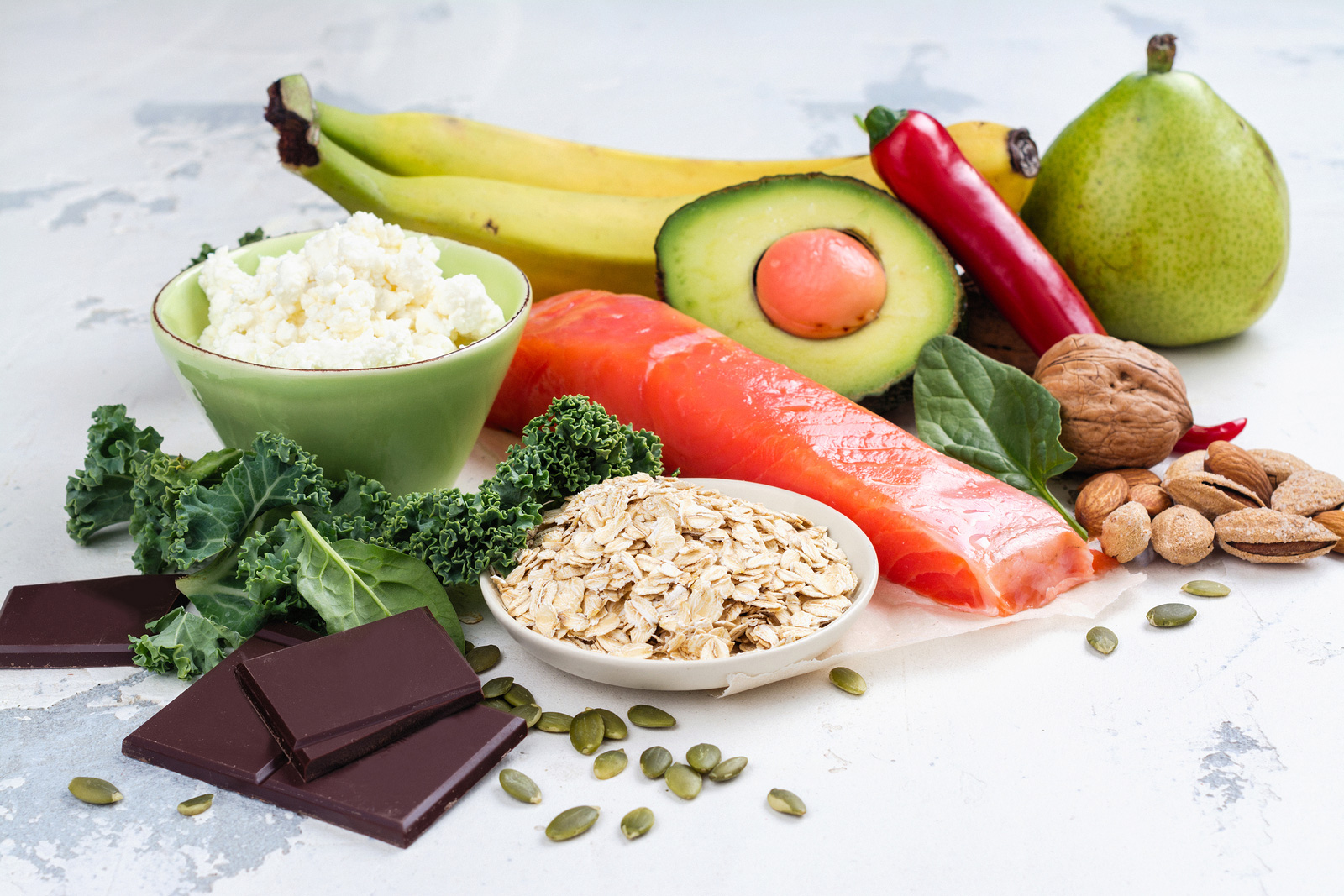Here are the topics in this article:
- Why everyone should be concerned about insulin resistance
- How your metabolism becomes insulin resistant
- Insulin resistance in menopause
- Signs and symptoms of insulin resistance
- How to restore insulin sensitivity
Insulin resistance — also called syndrome X or metabolic syndrome— is so pervasive today that we evaluate nearly every woman who visits our clinic to determine her level of risk. Most are taken aback when they learn they either already have insulin resistance syndrome (or as I call it pre-pre diabetic) or are well on their way to developing it. Experts estimate that 25% of all Americans suffer from insulin resistance. We believe the percentage is much higher among perimenopausal women.
Because insulin is one of the “major” hormones, it’s also impossible for your body to balance its “minor” hormones (estrogen, progesterone and testosterone among them) until your insulin metabolism is balanced first. To put it simply, if you have hot flashes and you are insulin resistant, it’s going to be nearly impossible to cure the hot flashes without first healing the insulin resistance. Cortisol is also a “major” hormone – to understand it’s role in hormonal balance, read our related articles on adrenal fatigue.
The good news is that you can heal insulin resistance. This has been a primary focus of our practice at Women to Women for over a decade, and our approach has been quite successful. Throughout the website you will find simple solutions on how to begin to heal this problematic syndrome.
Why all the concern about insulin resistance?
Over 80 million Americans suffer from insulin resistance, and it appears to sit at the center of a web of related health problems. Women who are insulin resistant are at much greater risk of obesity, diabetes, hypertension (high blood pressure), heart disease, high cholesterol, breast cancer and polycystic ovarian syndrome (PCOS). There is some evidence that insulin resistance may contribute to endometrial cancer. It has also been implicated in Alzheimer’s disease.
Insulin resistance often accompanies the most common complaints we hear at Women to Women —fatigue and weight gain. As women approach menopause, they become increasingly intolerant of carbohydrates and find it easier to gain weight, especially around their waists. Afternoon blahs, sugar crashes and carbohydrate cravings may all be early insulin resistance symptoms.
Insulin sensitivity — the way it should work
All of the food we eat — fats, proteins and carbohydrates — is broken down during digestion into proteins, micronutrients and glucose. The body uses the proteins and nutrients in cellular metabolism, immune function, and cell replacement. The body uses glucose as its basic fuel, which is carried by the bloodstream to individual cells.
Our demand for fuel varies from moment to moment, but the brain needs our blood sugar level to remain stable. So getting the cells the energy they need without changing that level is a critical function — and that’s the role that insulin plays. Insulin signals the cells to absorb glucose from the bloodstream. The body monitors what we’ve digested, blood sugar levels, and cell demands, and releases insulin in just the right amounts. That’s why a healthy body is described as “insulin sensitive.”







